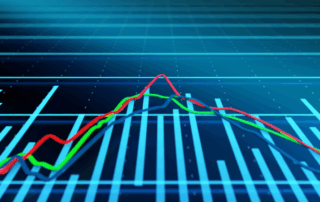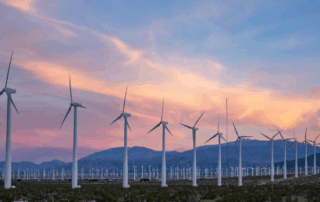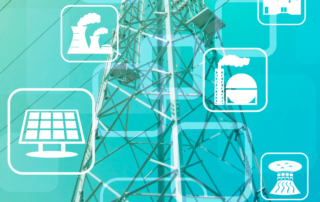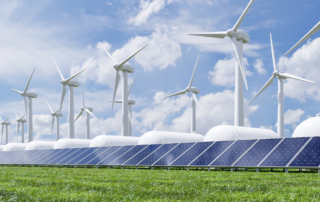Load Duration Curve: Managing Energy Demand Over Time
As the energy grid grows more complex with the rise of renewables and data center demand, managing electricity consumption has never been more critical. The Load Duration Curve (LDC) offers a powerful tool for visualizing and forecasting energy demand across different load types. In this article, we’ll break down how LDCs help utilities, businesses, and system operators make smarter, data-driven energy decisions.
Renewable Energy Technologies: How To Implement Renewables Into Your Energy Strategy
As advancements in solar, wind, storage, and smart grid technologies accelerate, organizations have more tools than ever to integrate renewables into their energy strategies. In this article, we’ll explore the latest innovations and how companies can leverage them to achieve cost savings, resilience, and decarbonization goals.
Emerging Energy Technologies: Shaping The Future Of The Energy Industry
As innovation accelerates across the energy landscape, new technologies are transforming how power is produced, managed, and consumed. From artificial intelligence to distributed energy resources, understanding these trends is critical for staying competitive in a rapidly evolving market.
Understanding Grid Interconnections: How Power Grids Stay Connected And Reliable
The U.S. electric grid is more than just wires and substations. It’s a complex, interconnected system designed to ensure reliable electricity delivery across vast distances. Understanding how grid interconnections function is essential as renewable energy grows and utilities work to meet increasing demand with smarter, more resilient infrastructure.
Variable Renewable Energy (VRE): Managing Grid Integration Of Wind and Solar Power
Variable renewable energy (VRE) is revolutionizing the power grid, but integrating wind and solar into energy markets presents challenges in grid stability, forecasting, and transmission constraints. As businesses and utilities look for solutions, advancements in storage, demand-side management, and grid modernization are helping bridge the gap for a more resilient and efficient energy future.
Grid Parity: The Turning Point In The Energy Transition
Grid parity represents a pivotal shift in the energy industry, where renewable energy costs align with or fall below conventional energy prices. As this milestone reshapes energy procurement and market dynamics, businesses must adapt to new opportunities in renewable integration and long-term energy strategies.




